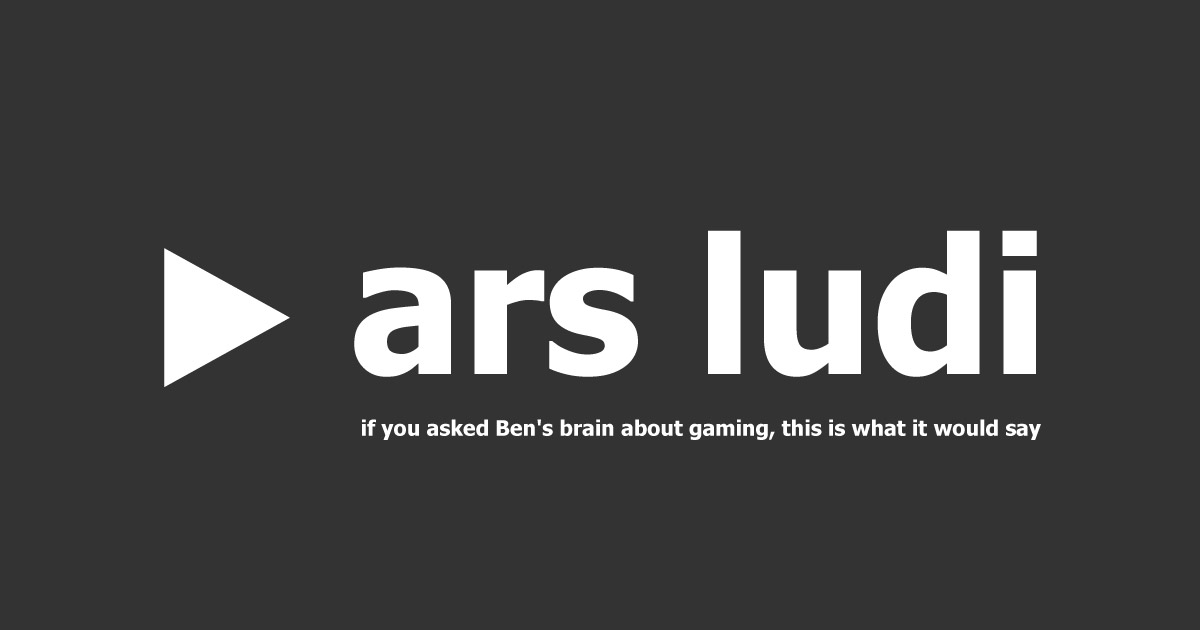SMOOSH JUICE
Ground Table: Putting Games Through The Crucible

All the hammering and pounding and forge-labor is done (for now). The first draft of the Ground Table principles has been nailed to the door.
But how do you test a thing like that? How do you know you got it right?
Well one test is the basic gut-check: does it *feel* right. Another is to wait and hear the screams of the internet, but let’s face it, the internet screams all the time so how would we know the difference?
What we did was to run games through the gauntlet to see how they held up. We took systems we had played over and over and knew like the back of our hands and walked down each item, one at a time. We asked ourselves, does this game do that? Does it do it well? Because these principles aren’t simple binaries, yes or no. They’re ideals that a game can try to live up to, but maybe not hit perfectly.
If there was a game that worked for us, but it didn’t match the principles, that would mean something wasn’t right. Either we misunderstood the game or our principles weren’t what they thought they were.
“Ahh, but can’t you also build bridges out of stone?”
We tested about 18 games, old and new, including some that we knew were simply not Ground Table and crashed every item (D&D, I’m looking at you). Because for a proper test, you need negatives as well as positives.
But more interesting were the games we liked and played a lot, but were weak on one or two of the principles. And those were exactly the parts that had always been rough in play, or that we usually house-ruled, or adjusted or worked around. The principles shined a light on exactly why we’d been having these problems all along.
For example, we love Polaris, but I would be the first to admit that, as written, it is not easy to learn (failing “Game time is precious. Rules should be clear and easy to learn. They should not waste our time.”). And players often fall into the trap of treating it like a competition, where someone who understands the unusual conflict mechanics better can dominate the outcome, which totally messes up the game (failing “It’s not a competition. It’s not about winning. It’s good to understand the rules, but rules mastery doesn’t give you more control.”). We’ve taught and played Polaris for years, and those are exactly the things we hacked or that players always struggled with. If a session of Polaris went south on us (pun intended), that was why. The principles highlighted the problems we had been having and the steps we had taken to fix them, but the game was strong enough on other points that it always felt worth playing.
We had similar results with the other games we put through the crucible. Some hit all the notes, some missed, and some got close but had rough spots. But in every case, the places the principles set off alarms were exactly the places that had bothered us about that game already. Our stated ideals matched our experiences. Winner.
You can try it yourself. In fact, if these principles resonate with you, you absolutely should. I look at my own games and say, hmm, did I really nail that principle? Am I living up to these ideals? As a designer, I find it to be solid checklist. You can always break one of these rules, but if you do you should know why you’re doing it.
So, next up: I put my money where my mouth is and test the new Microscope rules against the Ground Table principles…
